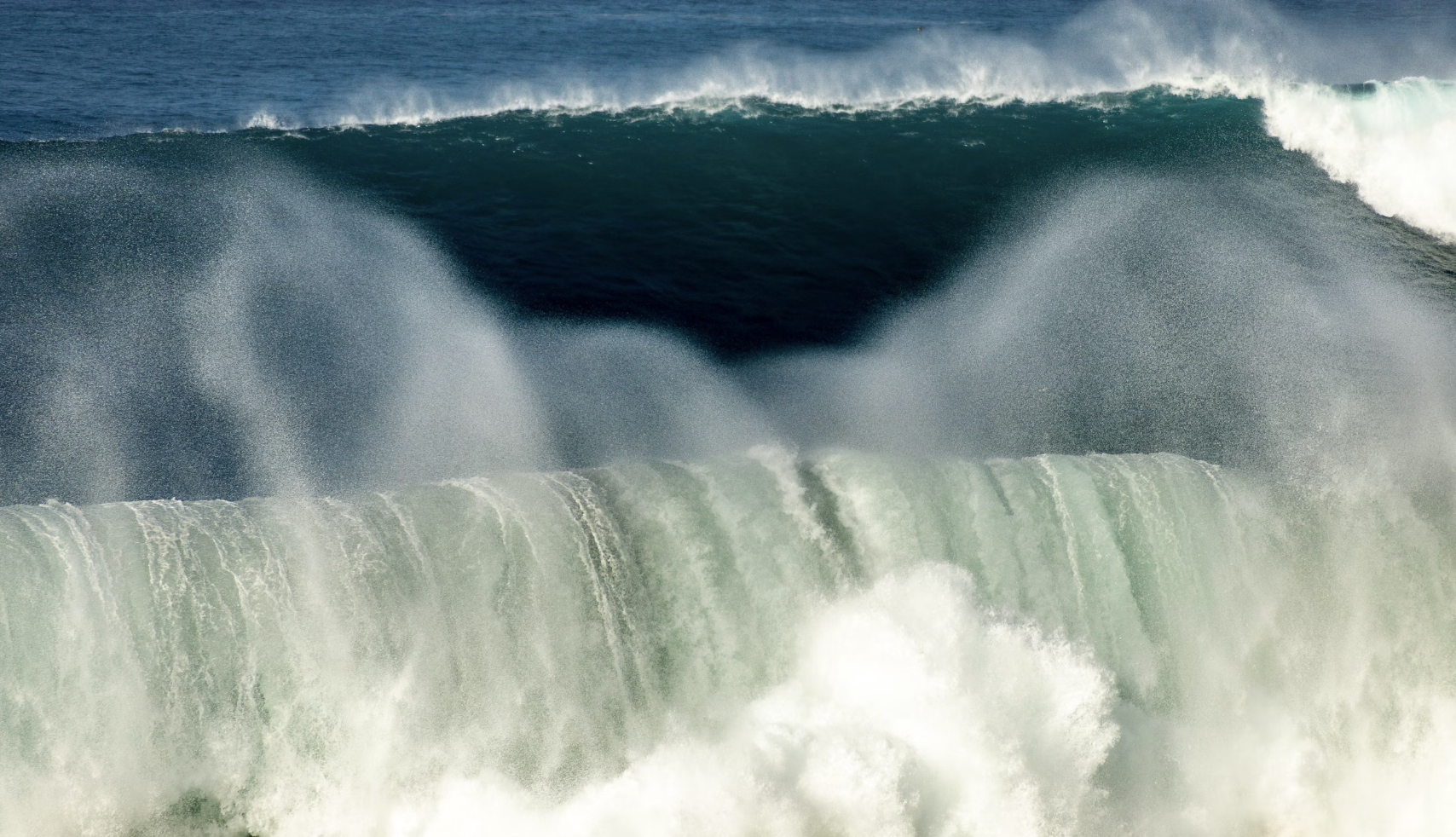What’s an Undertow?
It’s a type of ocean current that occurs when waves break on the shore and the water recedes back to the ocean. Unlike rip currents, which move away from the shore, an undertow flows back to the sea along the ocean floor. It is caused by the gravitational pull of the returning water, which creates a subsurface current.

The Danger of Undertows
The main danger of an undertow is its ability to pull swimmers and waders away from the shore, potentially leading to drowning. While an undertow typically affects only the water near the seabed, it can still cause a strong pull that might surprise and disorient swimmers, especially those who are inexperienced or not strong swimmers. NEVER SWIM IN THE OCEAN ALONE.
Here are some key points about the dangers:
Unexpected Pull: swimmers can be caught off guard by the force of an undertow, leading to panic and difficulty in swimming back to safety.
Disorientation: the pull of an undertow will disorient you, making it hard for you to keep your bearings. One step into the soft sand at the edge of the water and you’ll find a steep drop off. The undertow can then pull you down and tumble you round and round as in a dryer.
Fatigue: continuous effort to swim against the pull can quickly lead to exhaustion, increasing the risk of drowning.
How to Recognize an Undertow
Recognizing an undertow is crucial for staying safe at the beach. Here are some signs and tips to identify an undertow:
Breaking Waves: when waves break strongly on the shore, the returning water can create an undertow.
Water Movement: look for water that appears to be moving back to the sea along the bottom. This can be identified by observing bubbles or debris being pulled back towards the ocean.
Sand Movement: if you feel sand being pulled out from under your feet while standing in shallow water, it might indicate an undertow.

What to Do if Caught in an Undertow
Stay Calm: panic can exacerbate the situation. Keep calm and try to think clearly.
Don’t Fight the Current: trying to swim directly back to shore against the undertow will only tire you out.
Float or Tread Water: get to the surface and keep yourself afloat by lying on your back and letting the current carry you for a bit.
Swim Parallel to the Shore: once the pull of the undertow lessens, swim parallel to the shore to escape the current before heading back to the beach.
Additional Tips
Swim at Guarded Beaches: always swim at beaches where lifeguards are present.
Know Your Limits: understand your swimming abilities and avoid going too far out if you're not confident.
Stay Informed: pay attention to warning signs and RED flags indicating dangerous water conditions.
Understanding and recognizing the signs of an undertow can significantly reduce the risks and help you to enjoy a safe day at the beach.
